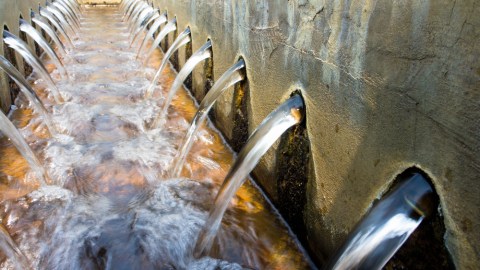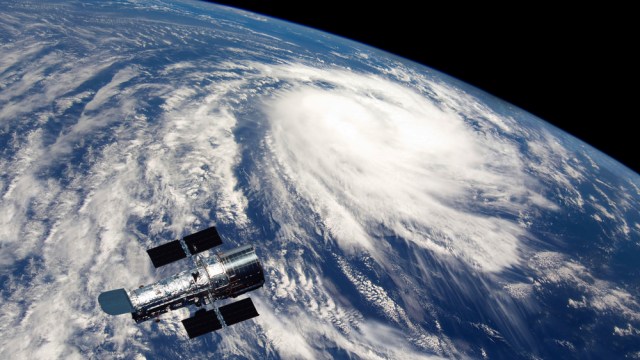Intense Drought Has Texas Town Trying Treated Sewage in Drinking Water

What’s the Latest?
In an article hosted at Scientific American (though originally penned for ClimateWire), Mike Lee profiles the town of Wichita Falls, Texas and its newest strategy in combating the effects of a devastating 4-year drought. Wichita Falls already rations its water; Lee mentions that lawn watering is illegal and many residents are forced to use water from the bath tub in order to flush their toilets. The town has managed to cut its water consumption by 70% since the beginning of the drought yet it hasn’t been enough. That’s why it’s turned to a water treatment plant originally designed to purify salt water and refashion it to treat sewage.
Lee explains how it works:
To launch what it calls its “Direct Potable Reuse Project,” the city pipes water 12 miles from its wastewater treatment plant to this treatment facility where it goes through microfiltration. A pump pulls water through a module filled with fibers that removes most of the impurities.
Then it is forced through a semi-permeable membrane that can remove dissolved salts and other contaminants. The process, called reverse osmosis, is used by the U.S. military, in ships and in the manufacture of silicon chips. The water then gets blended with lake water before going through the regular water treatment system.
What’s the Big Idea?
Incorporating treated wastewater into a water supply isn’t a new concept; Lee cites a few other areas in Texas that do it. San Antonio and El Paso reuse treated sewage for irrigation yet keep it out of the water supply. Wichita Falls doesn’t have any other option at this point. The lake that serves as its main supply of drinking water has fallen below 25% capacity and all other similar lakes within a 200-mile radius are in a comparable state. Just the thought of drinking water that was once sewage can be icky to some, though authorities assure it’s perfectly safe. Lee makes note that most cities in Texas draw their drinking water from rivers and artificial lakes filled with treated water from other cities. It’s all part of a larger cycle and Wichita Falls’ situation isn’t too different, all things considered.
Keep reading at Scientific American
Photo credit: gameanna / Shutterstock




